
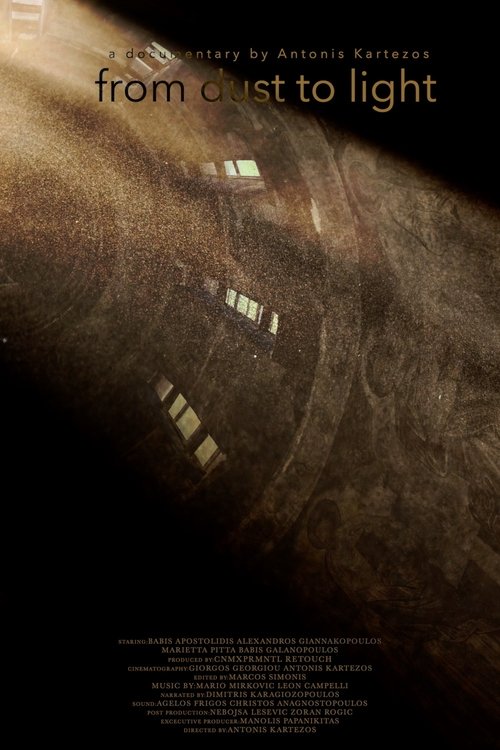
A cinematic dialogue between the art conservator and the hagiographer of the past.
Filmed In the heart of the mountainous villages of Greece and North Macedonia, the documentary follows a group of conservators of antiquities and works of art on their journey, with the goal of preserving Byzantine iconography. The dialogue between them and the hagiographers of the past comes to life.
No Trailers found.
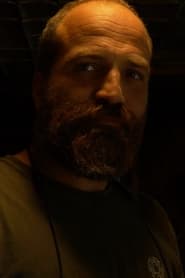
Self
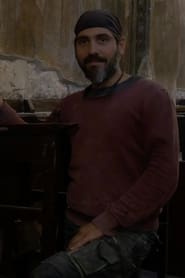
Self

Self
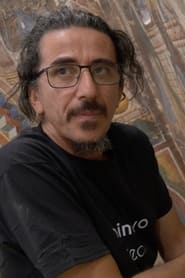
Self
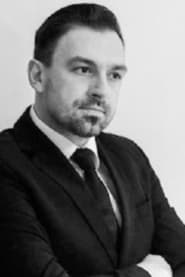
Self - Narrator

Self

Self

Self

Self